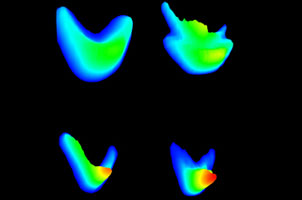 In case of the Bose-Einstein-Condensation gases consisting of ultra-cold atoms change into a collective quantum state where they all have the same features. This state and the associated features are very interesting, for example, for the production of new circuits where the condensed particles flow nearly unimpeded. The problem is that the condensation with atoms only takes place in case of extremely low temperatures, rendering practical use completely impossible. Now physicists succeeded in creating the lightest condensate from substantial particles which can in fact be used at some kelvin.
In case of the Bose-Einstein-Condensation gases consisting of ultra-cold atoms change into a collective quantum state where they all have the same features. This state and the associated features are very interesting, for example, for the production of new circuits where the condensed particles flow nearly unimpeded. The problem is that the condensation with atoms only takes place in case of extremely low temperatures, rendering practical use completely impossible. Now physicists succeeded in creating the lightest condensate from substantial particles which can in fact be used at some kelvin.
Feb 16th, 2011
Read more
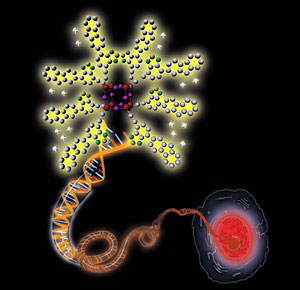 A tiny silicon-oxygen-based polyhedron enters cellular nuclei to light them up selectively
A tiny silicon-oxygen-based polyhedron enters cellular nuclei to light them up selectively
Feb 16th, 2011
Read more
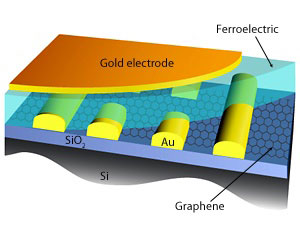 Nonvolatile memory based on ferroelectric-graphene field-effect transistors is now a step closer to reality
Nonvolatile memory based on ferroelectric-graphene field-effect transistors is now a step closer to reality
Feb 16th, 2011
Read more
Pioneering global consortium will proactively explore occupational and environmental health and safety for nanoelectronics research and manufacturing.
Feb 15th, 2011
Read more
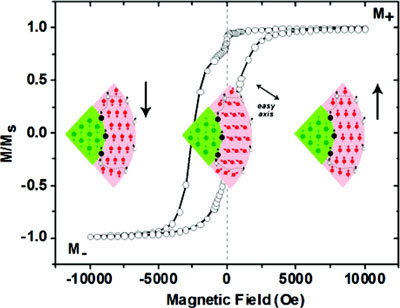 The magnetic exchange bias coupling between core and shell depends critically on the "frozen spins" that reside at the interface between the two different magnetic nanomaterials, according to users from Purdue University.
The magnetic exchange bias coupling between core and shell depends critically on the "frozen spins" that reside at the interface between the two different magnetic nanomaterials, according to users from Purdue University.
Feb 15th, 2011
Read more
EU-funded scientists have invented a new way of creating atom thin nano-sheets from a wide variety of exotic layered materials with the potential to enable the next generation of electronic and energy storage technologies needed, for example, to power electric cars.
Feb 15th, 2011
Read more
The Center of Innovation for Nanobiotechnology (COIN) today announced the launch of an information-rich, comprehensive nanobiotechnology information portal available to the public called NanoBioConnect. The objective of COIN's NanoBioConnect portal is to provide a trusted and valued compendium of nanobio- and nanomedicine-related business and technology intelligence, including information on relevant assets, resources, and people.
Feb 15th, 2011
Read more
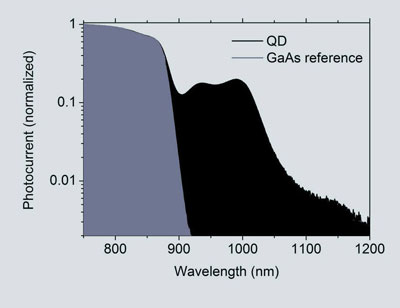 When it comes to making a solar cell from semiconductors, there are two major challenges. One is to extract as much energy out of the sunlight as possible so that ideally every single photon of light creates an electron-hole pair. The other is to get these electron-hole pairs to all migrate to the electrical contacts where they can do useful work rather than simply recombining somewhere in the middle of the cell.
When it comes to making a solar cell from semiconductors, there are two major challenges. One is to extract as much energy out of the sunlight as possible so that ideally every single photon of light creates an electron-hole pair. The other is to get these electron-hole pairs to all migrate to the electrical contacts where they can do useful work rather than simply recombining somewhere in the middle of the cell.
Feb 15th, 2011
Read more
Call for Papers for a European Journal of Law and Technology (EJLT) Special Issue on "The Regulation of Nanotechnologies".
Feb 15th, 2011
Read more
The comprehensive approach extends and expands upon a previous program, which provided EUR 400 million in public funding for nanotechnology research in 2010 - the highest level in Europe.
Feb 15th, 2011
Read more
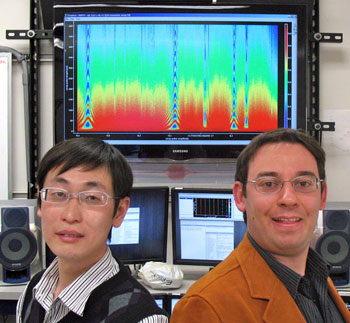 An important milestone toward the realization of a large-scale quantum computer, and further demonstration of a new level of the quantum control of light, were accomplished by a team of scientists at UC Santa Barbara and in China and Japan.
An important milestone toward the realization of a large-scale quantum computer, and further demonstration of a new level of the quantum control of light, were accomplished by a team of scientists at UC Santa Barbara and in China and Japan.
Feb 15th, 2011
Read more
Ordinary table sugar could be a key ingredient to developing much lighter, faster, cheaper, denser and more robust computer electronics for use on U.S. military aircraft.
Feb 15th, 2011
Read more
Scientists have identified a complex chemical reaction responsible for the degradation of two paintings by Vincent van Gogh and other artists of the late 19th century. This discovery is a first step to understanding how to stop the bright yellow colours of van Gogh's most famous paintings from being covered by a brown shade, and fading over time.
Feb 14th, 2011
Read more
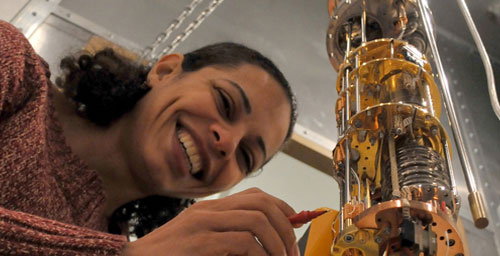 Illinois researchers have documented the first observations of some unusual physics when two prominent electric materials are connected: superconductors and graphene.
Illinois researchers have documented the first observations of some unusual physics when two prominent electric materials are connected: superconductors and graphene.
Feb 14th, 2011
Read more
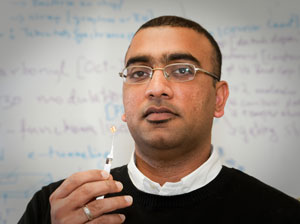 Vikas Berry, assistant professor of chemical engineering, has received a National Science Foundation CAREER award for his work involving graphene, which could lead to improved electronics and optoelectronics.
Vikas Berry, assistant professor of chemical engineering, has received a National Science Foundation CAREER award for his work involving graphene, which could lead to improved electronics and optoelectronics.
Feb 14th, 2011
Read more
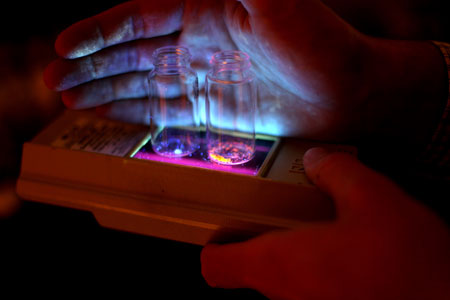 Pure organic compounds that glow in jewel tones could potentially lead to cheaper, more efficient and flexible display screens, among other applications. University of Michigan researcher Jinsang Kim and his colleagues have developed a new class of material that shines with phosphorescence - a property that has previously been seen only in non-organic compounds or organometallics.
Pure organic compounds that glow in jewel tones could potentially lead to cheaper, more efficient and flexible display screens, among other applications. University of Michigan researcher Jinsang Kim and his colleagues have developed a new class of material that shines with phosphorescence - a property that has previously been seen only in non-organic compounds or organometallics.
Feb 14th, 2011
Read more
 In case of the Bose-Einstein-Condensation gases consisting of ultra-cold atoms change into a collective quantum state where they all have the same features. This state and the associated features are very interesting, for example, for the production of new circuits where the condensed particles flow nearly unimpeded. The problem is that the condensation with atoms only takes place in case of extremely low temperatures, rendering practical use completely impossible. Now physicists succeeded in creating the lightest condensate from substantial particles which can in fact be used at some kelvin.
In case of the Bose-Einstein-Condensation gases consisting of ultra-cold atoms change into a collective quantum state where they all have the same features. This state and the associated features are very interesting, for example, for the production of new circuits where the condensed particles flow nearly unimpeded. The problem is that the condensation with atoms only takes place in case of extremely low temperatures, rendering practical use completely impossible. Now physicists succeeded in creating the lightest condensate from substantial particles which can in fact be used at some kelvin.








 Subscribe to our Nanotechnology News feed
Subscribe to our Nanotechnology News feed